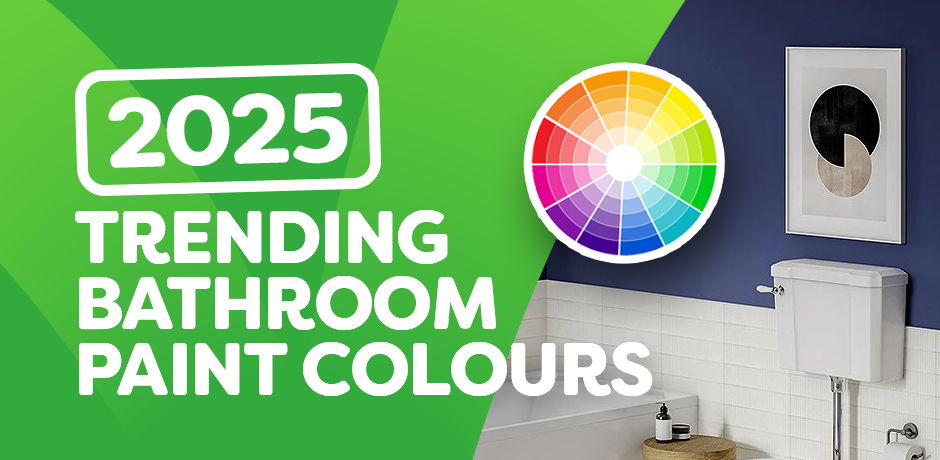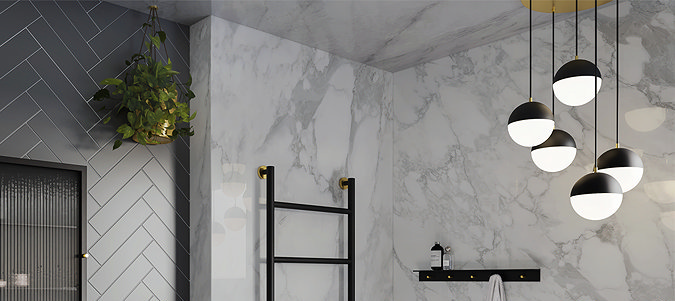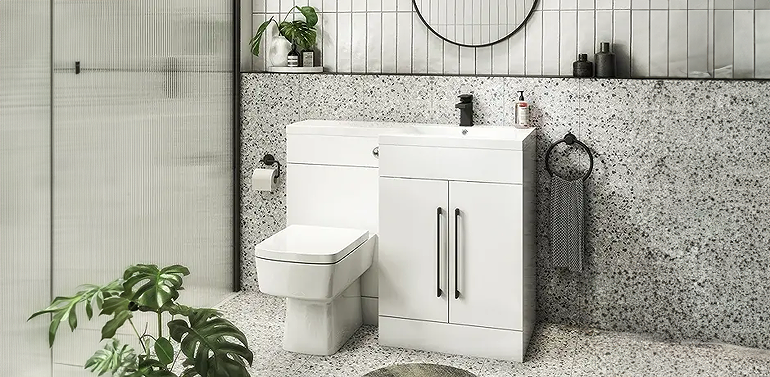EASTER OFFER: FREE DELIVERY ON ORDERS OVER £99!**
Delivery Offer Must End Soon!
acrylic baths v steel baths
Acrylic Baths v Steel Baths — Which Is Right For Me?
Can’t choose between acrylic and steel baths? We’ve got your back.
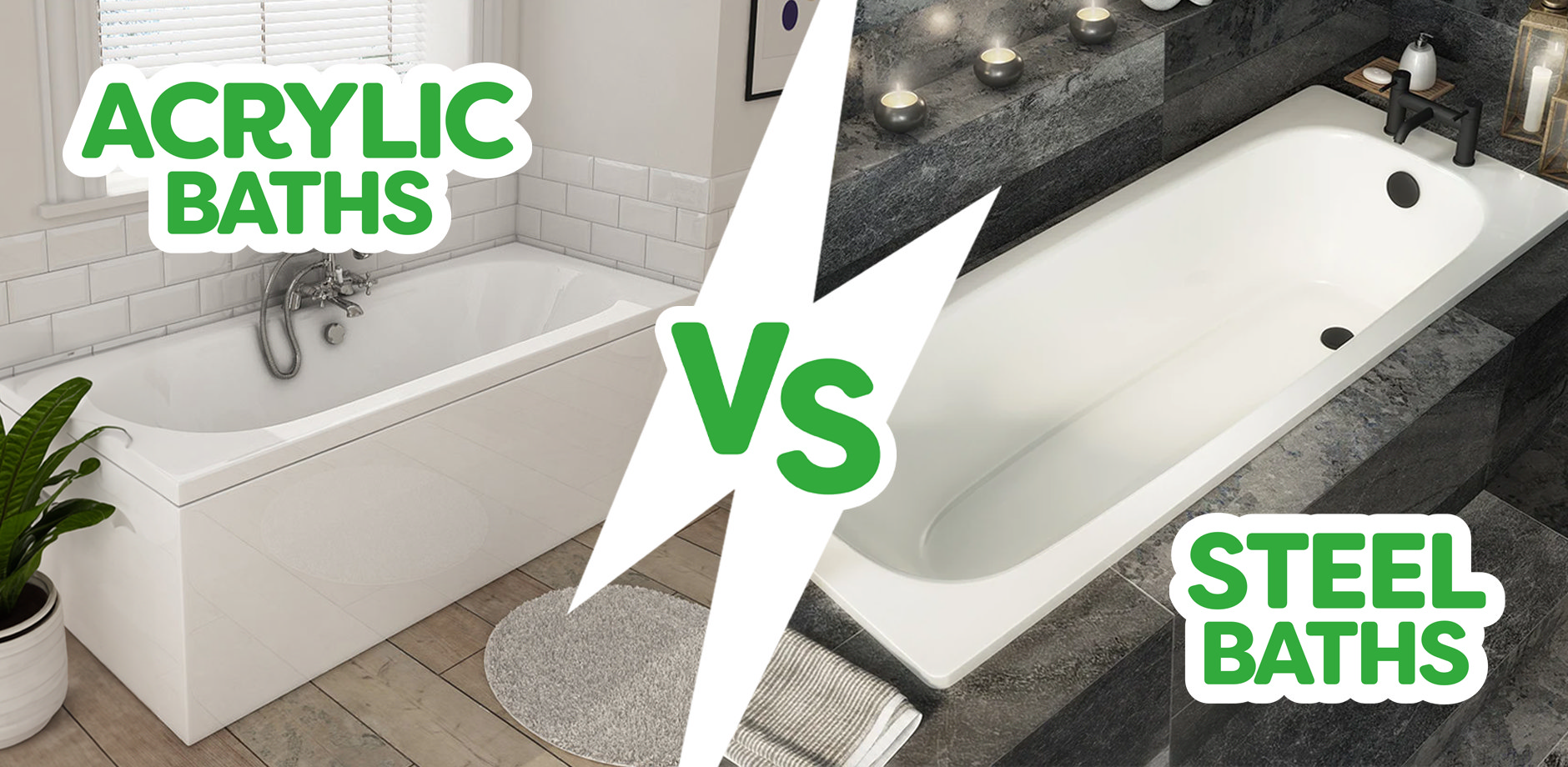
Choosing the right bath? We get it — there’s a lot to consider. Size and shape matter, but it’s the material that’ll make or break your bath’s comfort, durability, and style. Two of the most popular choices are acrylic and steel. So, which one’s the right fit for you?
Let’s break it down so you can make the best choice for your bathroom.
What Are Acrylic and Steel Baths?
Acrylic baths are made from a synthetic plastic, while steel baths are crafted from durable, enamel-coated metal. Each material has its own strengths and weaknesses. We’re here to spell them out — no fluff, just the facts you need.
Strength and Durability
Acrylic Baths:
Forget the flimsy acrylic baths of yesteryear. Modern acrylic baths are reinforced with fibreglass or wooden baseboards, making them tough as nails. Premium options, like those with Armourcast reinforcement, are even as strong as steel.
However, one major advantage of acrylic is its resistance to impact damage. If something heavy falls into the bath, acrylic is less likely to chip compared to steel. Small scratches can easily be polished out, making it a low-maintenance option for family bathrooms prone to wear and tear.

Steel Baths:
Steel baths, especially the 3.5mm thick ones, are borderline herculean.. They’re built to last generations, with many backed by long warranties. But drop something heavy, and you could be looking at chips that need re-enamelling. It’s tough, but when it chips, it’s no easy fix.
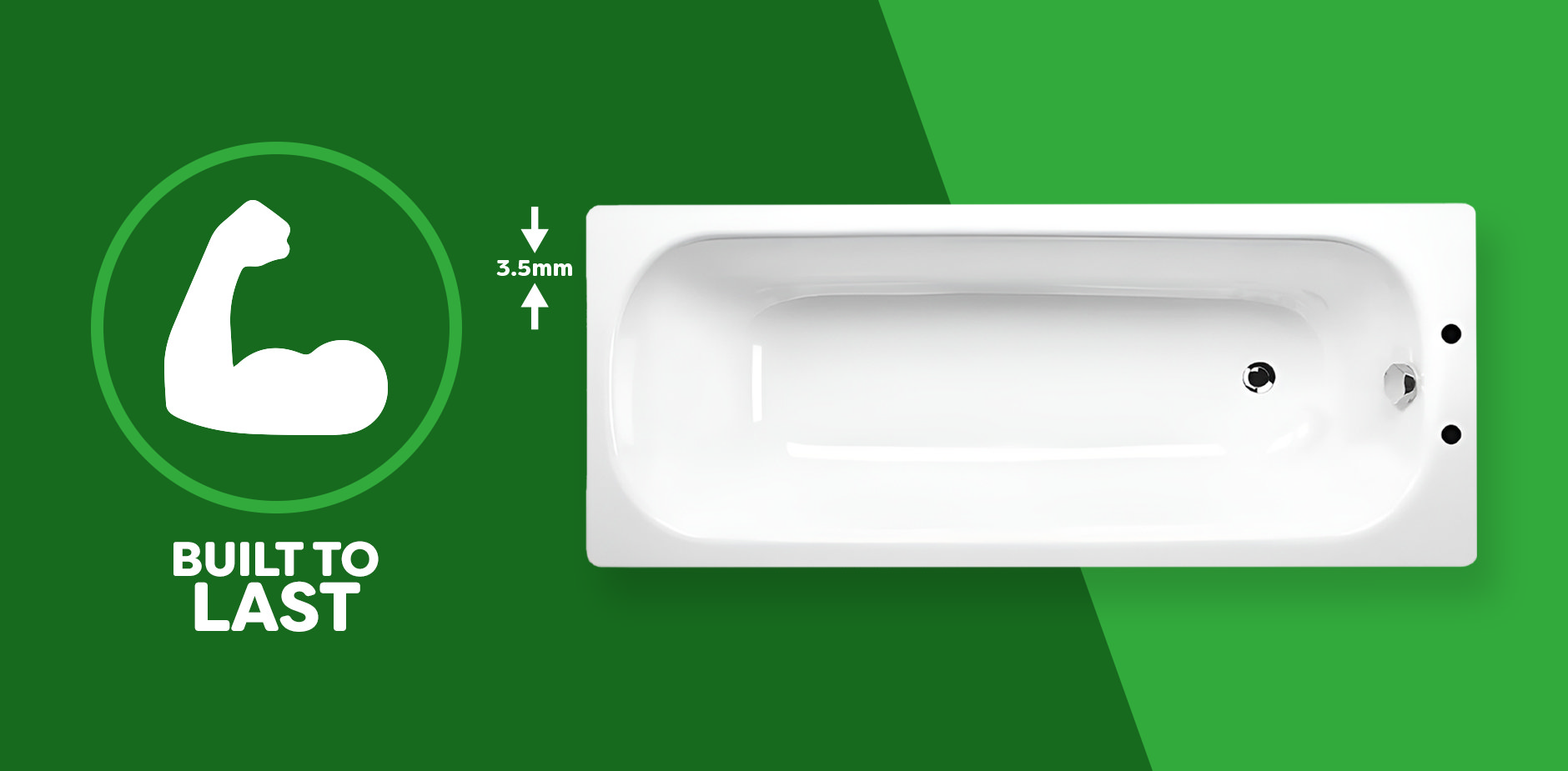
Environmental Impact
Concerned about your carbon footprint? Steel baths win here. They’re 100% recyclable and require less energy to produce. Acrylic, on the other hand, is derived from fossil fuels and isn’t recyclable — making steel the greener choice.
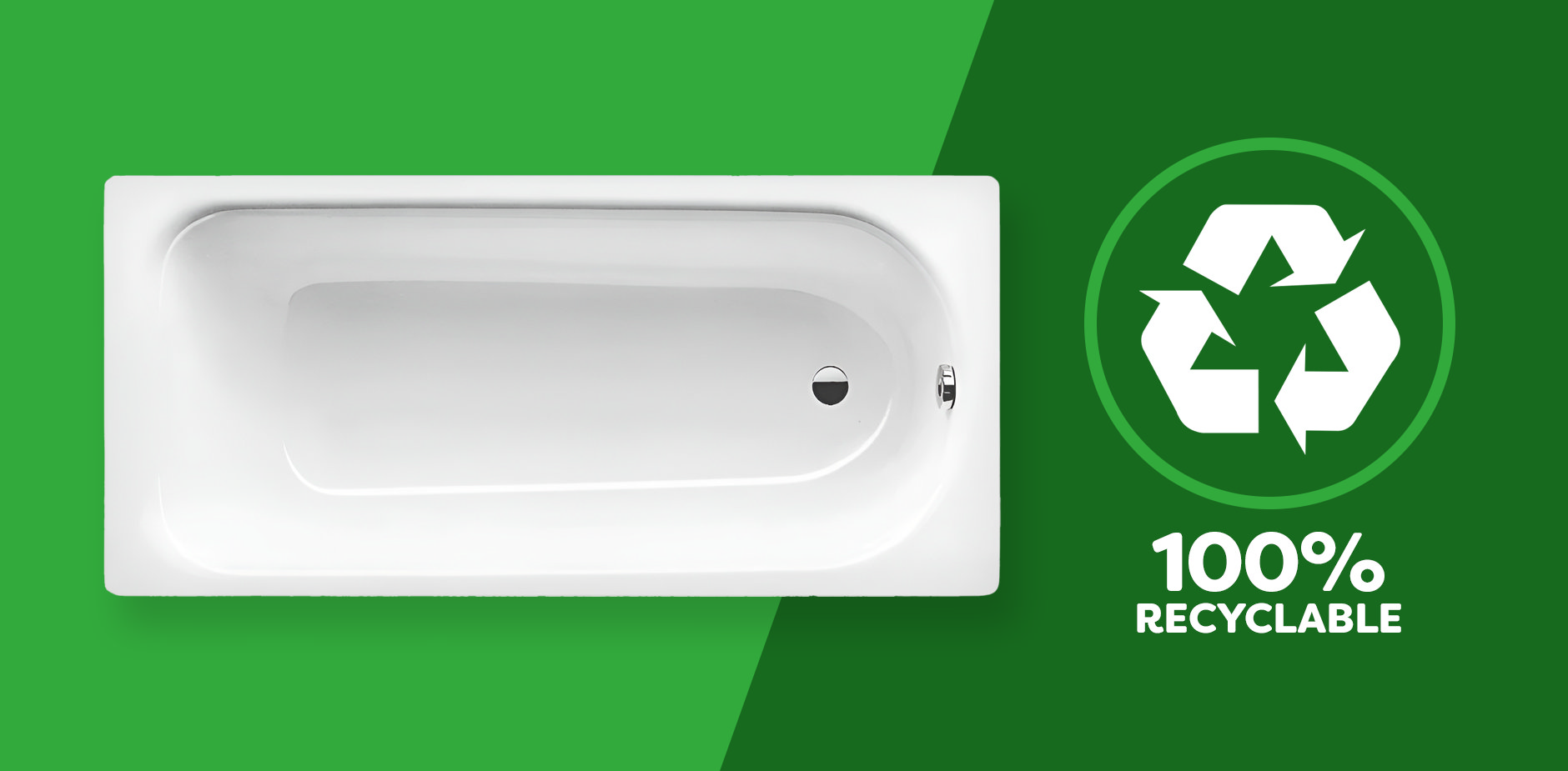
Heat Retention and Comfort
Acrylic Baths:
Step into an acrylic bath, and it’s warm to the touch — a comforting start, especially in colder months. The downside? Acrylic doesn’t hold heat as well as steel, so your long soaks might need a few hot water top-ups.
Steel Baths:
While a steel bath may feel cold at first, once it’s filled, it holds heat like a dream. If you’re the kind of person who loves a long soak without reheating the tub, steel is your new best mate.
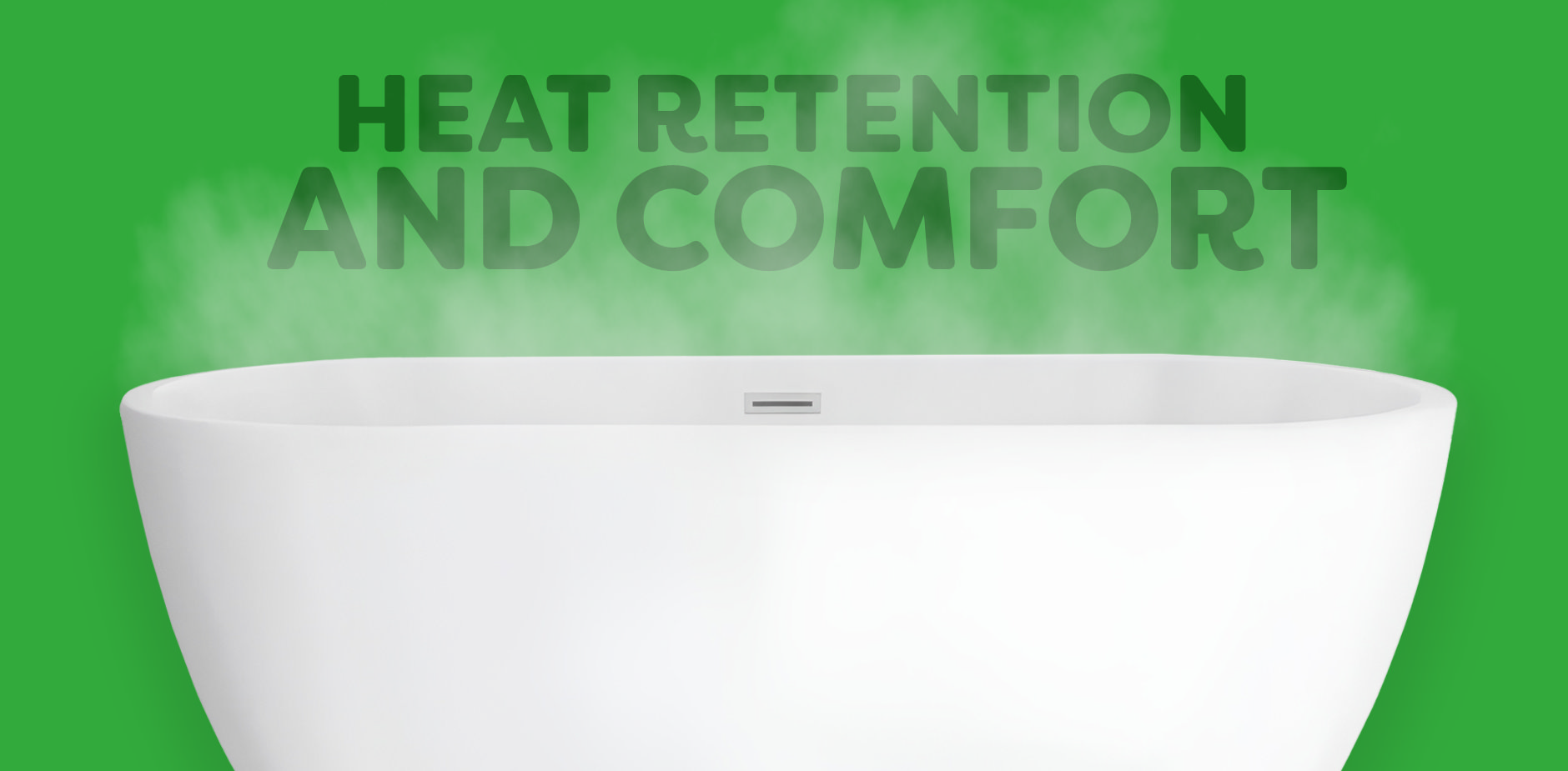
Weight and Installation
Acrylic Baths:
Acrylic baths are light as a feather compared to steel, making them a breeze to install — especially if you’re dealing with awkward spaces or upstairs bathrooms. Their weight also makes them a budget-friendly option for more intricate designs like L-shaped or freestanding baths.
Steel Baths:
Steel, on the other hand, is heavy-duty — literally. You might need reinforced floorboards and a bit of extra muscle for upstairs installs. And in some cases, steel baths need to be earthed to prevent electrical hazards (a quirk you don’t need to worry about with acrylic).

Style and Design Flexibility
Acrylic Baths:
If design flexibility is your top priority, acrylic’s your winner. It’s easy to shape, so manufacturers can get creative with styles — from freestanding tubs to space-saving shower baths. Acrylic offers endless possibilities, including P- and L-shaped designs that steel can’t always deliver.
Steel Baths:
Steel baths tend to keep things classic—sharp, clean lines and a luxurious finish. The high-gloss enamel suits modern or traditional styles, but if you’re after something quirky or unique, steel’s design options are more limited.
Hygiene and Maintenance
Acrylic Baths:
Acrylic is non-porous, which means it won’t foster mould or bacteria, making it a low-maintenance option. However, be cautious of harsh cleaners and UV light — over time, cheaper models might discolour. If you're concerned about keeping your bath looking its best, using gentle cleaning products is advised to avoid this.
Steel Baths:
Steel baths are also non-porous, but their enamel coating is more UV-resistant and can handle strong cleaning products without fading, even with frequent use. However, chips are a risk, and repairing chipped enamel is no walk in the park.
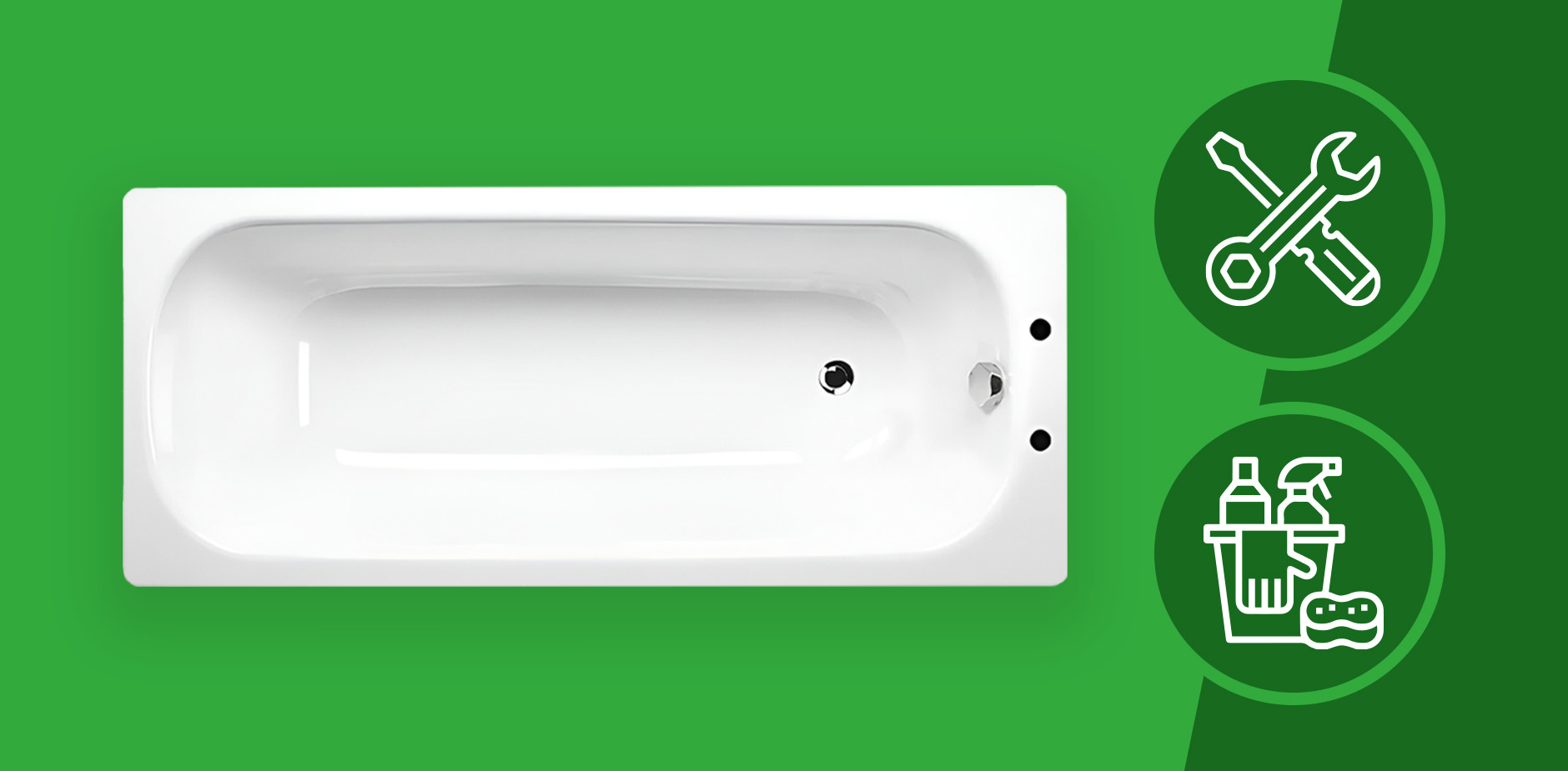
Price and Budget Considerations
Acrylic Baths:
If you’re budget-conscious, acrylic is your best bet. It’s more affordable than steel, even in premium models with added reinforcement or intricate designs. You get great value without compromising on style or durability.
Steel Baths:
Steel baths are a long-term investment. They’re pricier, especially with thicker enamel coatings, but they’ll outlast acrylic by years. If your budget can stretch, steel offers unmatched durability and heat retention, making it a luxury that pays off over time.
Additional Practical Considerations
- Acrylic Flexing and Cracking: While modern acrylic baths are much sturdier, they can still flex slightly, especially if improperly installed. Ensuring that the bath is correctly fitted, with legs properly positioned and placed on a level surface, can prevent these issues.
- Steel Baths and Earthing: If you're installing a steel bath, be aware that some homes may require it to be earthed for safety. This is an additional installation step not needed with acrylic.
Which Bath Material is Right for You?
Here’s the bottom line:
- Acrylic is ideal if you’re after affordability, versatility, and easy installation. Perfect for family homes, where durability and low maintenance are a must.
- Steel is the luxury choice — it’s heavier, pricier, but built to last with superior heat retention and eco-friendliness. Ideal for those who love long soaks and don’t mind spending a bit more for long-term payoff.
Final Thoughts
Both steel and acrylic baths have their unique benefits. The right choice for you will depend on your priorities — whether that’s design flexibility, heat retention, durability, or budget. Be sure to weigh the pros and cons carefully before making your final decision.
Need help? Our guides will help you pick the perfect bath, stress-free.

